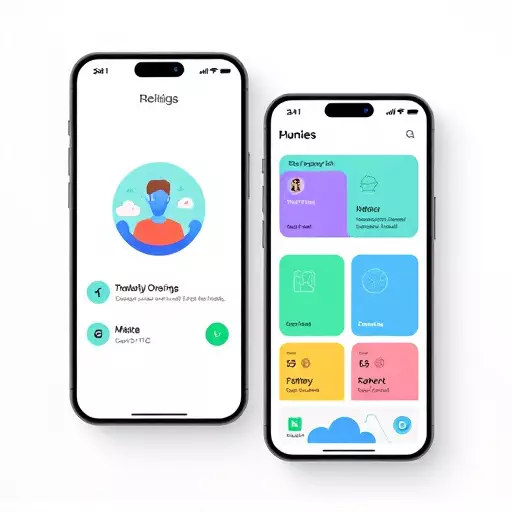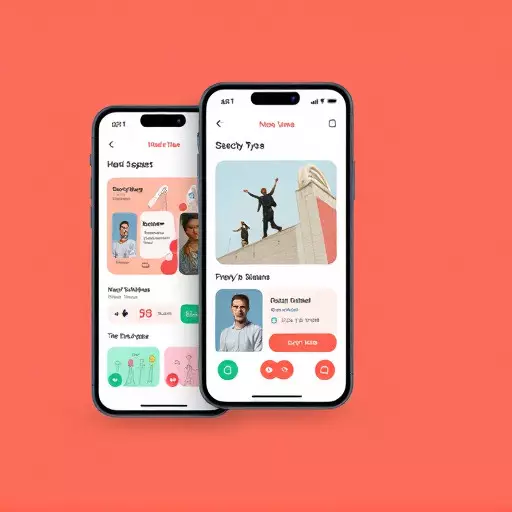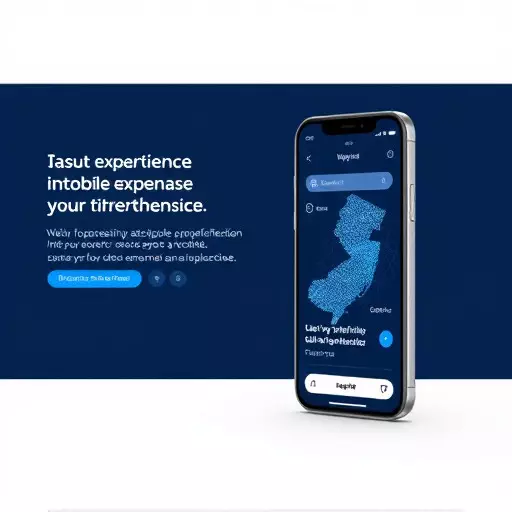Augmented reality (AR) is transforming user experience (UX) design in New Jersey's tech scene, offering dynamic, interactive mobile apps. By overlaying digital info on real-world environments, AR enhances understanding and engagement—like visualizing products in spaces for better purchase decisions. Successful integration requires balancing digital augmentation with seamless blending into physical spaces, maintaining intuitive user journeys. Best practices include minimal latency, thoughtful UI placement, task simplification, clear instructions, and regular usability testing to ensure accessibility and refined UX/UI design across New Jersey and beyond.
“Explore the transformative potential of Augmented Reality (AR) in user experience (UX) design with our comprehensive guide. Discover how AR enhances mobile app interactions and creates immersive experiences. We delve into the process of integrating AR seamlessly into UI design, offering best practices tailored for New Jersey’s thriving tech scene. From understanding AR’s unique capabilities to optimizing user flows, this article equips designers with insights to revolutionize Mobile App UX/UI design in NJ.”
- Understanding Augmented Reality (AR) as a Design Tool
- Integrating AR into Mobile App UX/UI Design
- Best Practices for AR User Experience Design in New Jersey
Understanding Augmented Reality (AR) as a Design Tool

Augmented reality (AR) has emerged as a powerful tool in the arsenal of user experience (UX) designers, offering unique opportunities to enhance and transform digital interactions. When leveraged effectively, AR can create immersive experiences that merge the physical and virtual worlds, revolutionizing how users engage with mobile apps and interfaces. In the context of New Jersey’s thriving tech scene, UX designers are exploring AR as a means to elevate user interface (UI) design and cater to the evolving expectations of modern consumers.
By integrating AR into mobile app UX/UI design, creators can develop dynamic and interactive experiences that captivate users. This technology enables designers to overlay digital information onto real-world environments, providing contextually relevant content and enhancing user understanding. For instance, an AR shopping app could allow customers to visualize products in their actual spaces, making informed decisions about purchases. The key lies in balancing the augmentation of digital elements with a seamless blend into the physical realm, ensuring a smooth and intuitive user journey.
Integrating AR into Mobile App UX/UI Design

Integrating augmented reality (AR) into mobile app user experience (UX) and interface (UI) design is a game-changer for developers in New Jersey, offering an immersive and interactive experience to users. AR technology allows designers to create digital content that overlays onto the real world, enhancing the way users interact with apps. By combining physical and virtual elements, AR can transform simple mobile interactions into captivating experiences.
When incorporating AR into UX/UI design, developers must consider how it aligns with user needs and goals. The key is to create seamless integration where AR enhances functionality without complicating the interface. For instance, in a retail app, AR could enable users to virtually try on clothes or visualize furniture in their space. This not only improves user engagement but also reduces returns by providing a more accurate representation of products. Effective AR implementation requires careful consideration of design principles, ensuring the app remains intuitive and accessible while leveraging this innovative technology.
Best Practices for AR User Experience Design in New Jersey

In the realm of User Experience (UX) design in New Jersey, especially for Augmented Reality (AR) applications, best practices are paramount to ensure engaging and intuitive mobile app UX/UI designs. One key practice is to maintain a seamless integration between the digital AR elements and the real-world environment. Designers should strive for minimal latency in AR interactions to prevent disorientation. User interface elements must be carefully placed and sized to avoid obscuring important real-world cues, balancing the digital overlay with the physical context.
Another crucial aspect is keeping user tasks and workflows simple and intuitive. AR can enhance reality, but complexity in navigation or overly intricate interactions can deter users. Clear instructions and visual cues within the AR interface guide users effectively through their tasks. Regular usability testing with diverse participants helps identify pain points early on, ensuring a refined and accessible AR UX that caters to users across New Jersey and beyond.


